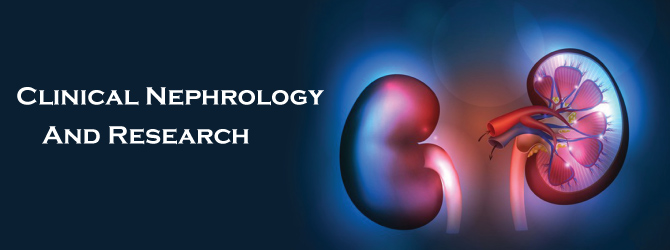
Sign up for email alert when new content gets added: Sign up
The burden of ischemic heart disease is significant on a global scale. It was the top leading cause of death in the Philippines in 2016, accounting for 74, 134 or 12.7 percent of the total.1 Ischemic heart disease (IHD) typically occurs when there is imbalance between myocardial oxygen supply and demand. Patients with IHD fall into two large groups, those with chronic coronary artery disease and patients with acute coronary syndrome. The latter include patients with ST segment elevation myocardial infarction (STEMI) and acute coronary syndrome non-ST elevation (ACS-NSTE), which encompasses unstable angina (UA) and non-ST elevation myocardial infarction (NSTEMI). 2 Percutaneous coronary intervention (PCI), in the form of angioplasty or stenting, is effective in restoring perfusion in STEMI when done on an emergency basis during the first hours of MI. Primary PCI refers to the procedure when there is no preceding fibrinolysis. It is generally preferred in certain conditions, including the following: 1 when diagnosis is in doubt, 2 presence of cardiogenic shock, 3 increased bleeding risk, 4 symptoms present for at least 2-3 hours. 2 Contrast-induced nephropathy (CIN) is a generally reversible form of acute kidney injury that may occur after administration of contrast media for either diagnostic or therapeutic purposes including PCI. It usually goes unrecognized, as it is asymptomatic. With the wide application of PCI in patients diagnosed with coronary artery disease, CIN has become one of the most serious complications, particularly in those patients with acute coronary syndrome, and correlates with increased adverse clinical outcomes.3 The pathogenesis of CIN is not completely understood and multiple mechanisms may